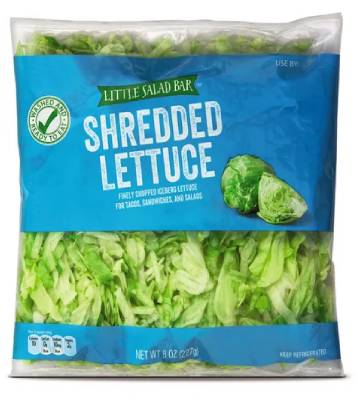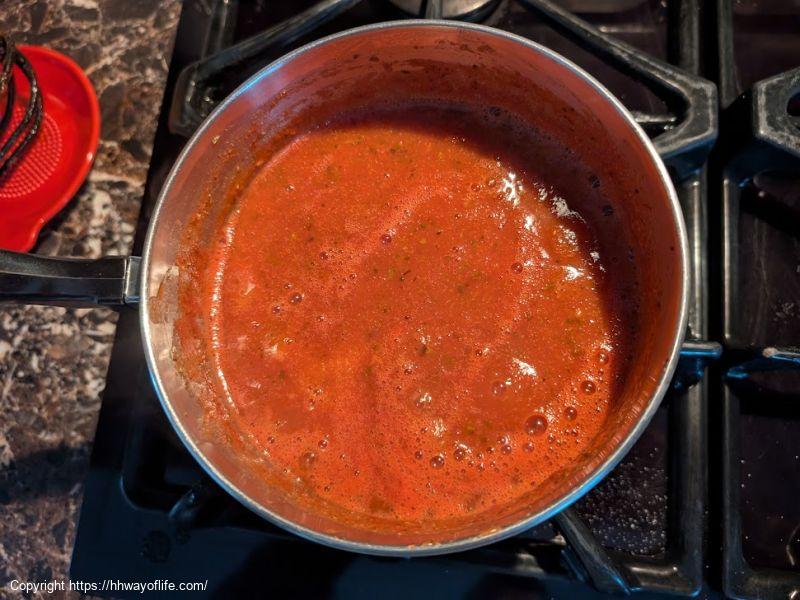Food Nutrition Facts
Nutrition Facts For
Lettuce - Shredded
Portion Size: 1 1/2 cup
| Nutrient | Value | % Daily Value* |
|---|---|---|
| 10.0 kcal | 1% | |
| 0.0 g | 0% | |
| 0.0 g | 0% | |
| 0.0 mg | 0% | |
| 7 mg | 0% | |
| 126.0 mg | 4% | |
| 3.0 g | ||
| 1.0 g | ||
| 2.0 g | ||
| 0.0 g | ||
| 5.0 g | ||
*Daily value based on a 2,000 calorie diet. Your daily values may be higher or lower depending on your calorie needs and health goals.
Calculate your daily calorie needs here
Nutrition Facts For 1 1/2 cup of Lettuce - Shredded

Lettuce is a leafy green vegetable that is a staple in salads and sandwiches around the world. It is a member of the Asteraceae family and is typically grown as an annual crop. Lettuce is a good source of vitamins A and K, as well as folate and fiber. It is also low in calories, making it a healthy choice for those watching their weight. There are many different types of lettuce, each with its own unique flavor and texture. Some popular varieties include romaine, iceberg, and butter lettuce.
Lettuce is a versatile vegetable that can be used in a variety of dishes. It is often eaten raw in salads or on sandwiches, but it can also be cooked. Lettuce can be grilled, roasted, or even added to soups and stews. When cooking lettuce, it is important to not overcook it, as this will make it wilt and lose its flavor. Lettuce is a refreshing and nutritious vegetable that can be enjoyed in many different ways.







